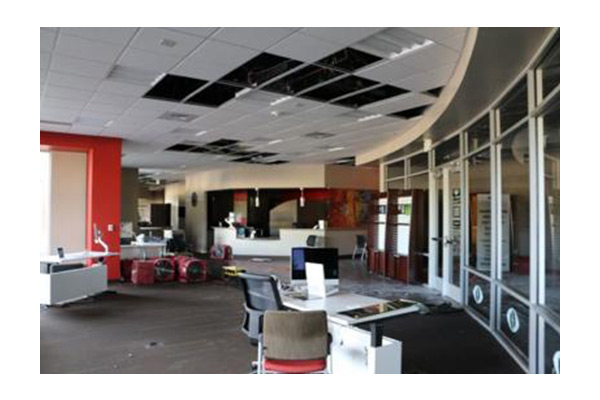In this comprehensive post, we'll go over;
Long Term Water Damage
You'll learn the following;
- Hidden Long Term Water Damage
- How it Affects the Home
- Health Concerns
So if you've ever asked yourself any of these questions, you'll love this post!
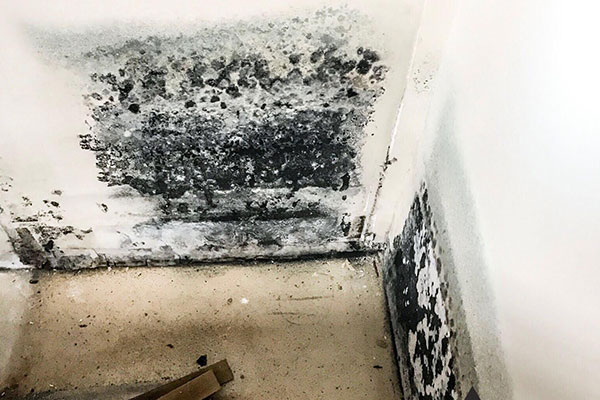
Residential water damage can be caused by a small water-pipe leak, a slightly backed-up basement drain, flooding, storm damage, or sewage backup. Costly, long-term effects can take place if the damage is not addressed quickly. Untreated water damage can have several negative consequences, so it's essential to document any problems during a home inspection.
Our team at Rock Emergency has compiled everything you must know about the effects of long term water damage. Read on to learn more.
Hidden Problems
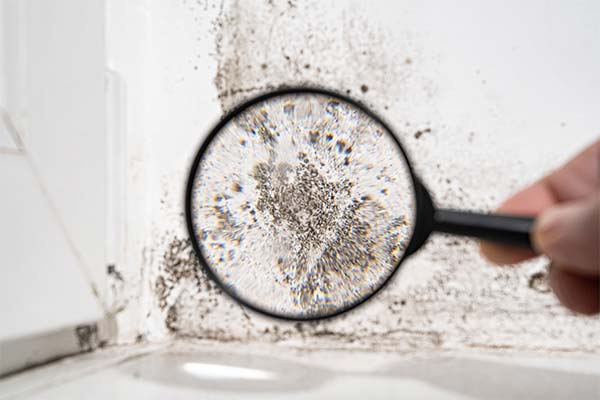
The long-term impacts of water damage may not be immediately apparent, but that doesn't mean they're any less dangerous. Hidden damage can be even more hazardous than visible damage.
If you notice a strong, foul odor, it's an indication that the hidden problems have progressed, and you need to have water removal and restoration done as soon as possible. But don’t worry; Rock Emergency can handle water removal and restoration!
Structural Integrity
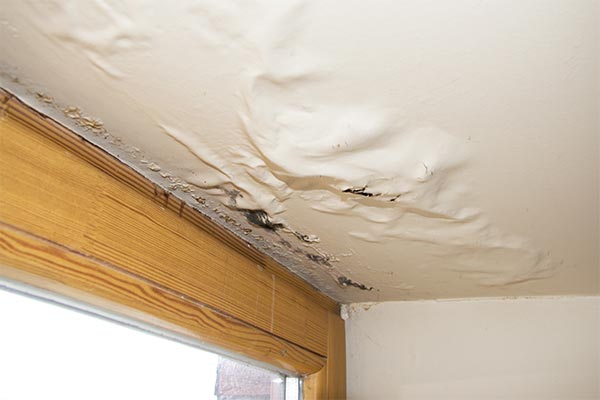
Sudden and accidental water damage can have long-lasting effects on your home or business if you leave water damage untreated. Read on to take note of some ways structural damage can occur.
Starting with the foundation of your home or business, there may be signs of erosion. The erosion occurs when the foundation isn't sealed correctly. Water, as we know, is very damaging, so if left untreated for an extended time, the structure will weaken.
Most homes are built with wood framing. Wood is a porous material meaning it can become waterlogged. When this occurs, the frame could start bowing or warping. The pieces may bend, crack, or rot if the exterior has wood siding.
The insulation between the walls of your home is meant to provide a barrier against the cold during winter months. When it becomes wet, it can no longer do its job and becomes a haven for mold growth.
Mold and mildew is a problem that can go unnoticed for a while, as it can grow even if water hasn't been appropriately removed from a structure. Different kinds of mold can grow in the nooks and crannies of a structure.
Any water can get inside, wreaking havoc on your home's underlayment, decking, and interior if there is current damage to your roof. With an attic, water damage may go unnoticed for a while until it starts causing damage to your interior ceiling or walls.
Electrical, Plumbing & HVAC System Breakdowns
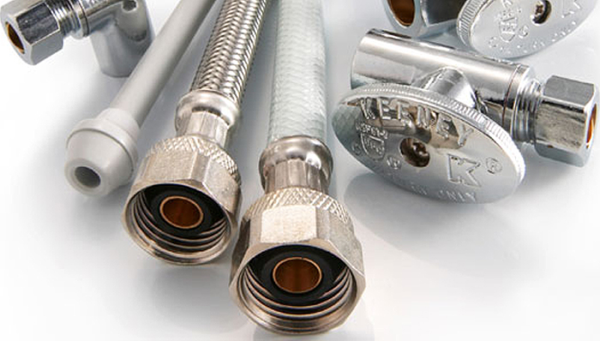
Cosmetic Concerns
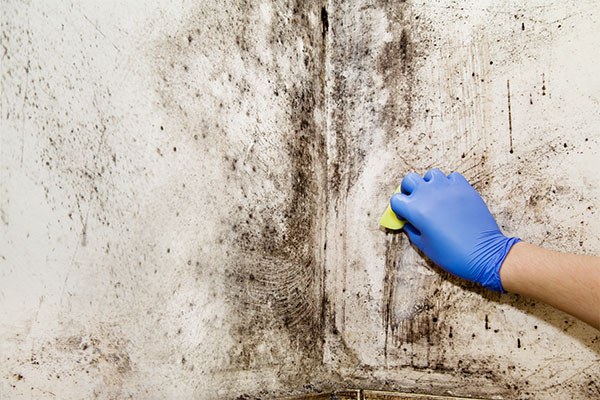
Long term water damage will affect more than just a home's structure and electrical components. The cosmetic or visual aspect of a house will also be affected. Be on the lookout for the following signs of water damage:
Staining on walls and ceilings could signify extended damage or mold. Often, these stains are brown or orange (left from water) or greenish-black (mold). If the ceiling has been untreated for water damage, there is a risk it may collapse.
Drywall is another porous material (like wood) and will retain water. When drywall gets wet, it will become soft and mushy to the touch. Wet drywall needs to be removed immediately to ensure there is no mold growth or further damage to the home.
Wallpaper or paint changing appearance may be another indicator of hidden water damage. Pain may begin to bubble or peel, and wallpaper might also look stained and start peeling. If these signs are showing, it is a good idea to call Rock Emergency to see if there is long term water damage behind the walls.
When wood floors are wet for extended amounts of time, the boards may become warped, separated, or sagging. In the event of a flood, water can get under the boards and will cause them to lift and separate. It is imperative to have professional water removal ASAP to ensure this does not occur.
Impairment to the Contents Within a Home
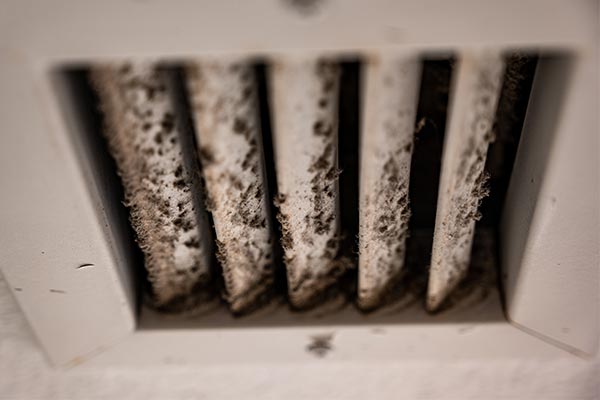
After an extensive water event, the inside of a home may be severely affected. Anything within the water line might be affected, including furniture, carpets, clothes, toys, books, movies, decor, and any other item in a home.
Electrical items such as appliances (washing machines, stoves), DVD players, stereos, and TVs will also be damaged. Any of these items should either be thrown away or restored by our restoration technicians.
Worrisome Health Hazards

Long terms water damage can severely affect the health of anyone exposed. Often, when water damage is left untreated, mold will grow on and within anything it can. Large amounts of mold growth will have a musty or rotten odor, letting you know it is there.
It only takes 24 hours for mold spores to begin forming. Take note of these health issues that can occur if water damage is left untreated.
Mold is a problem because it can cause health problems, especially for people with weak lungs or immune systems. Mold can cause lung problems, making breathing hard and making people feel faint or sick to their stomachs. If you are experiencing unexplained sickness or difficulty breathing, consult a doctor and have experts check your building for mold or water damage.
Call the water damage restoration experts at Rock Emergency if you have had any water or flood damage to your home or business!
Share this Post

